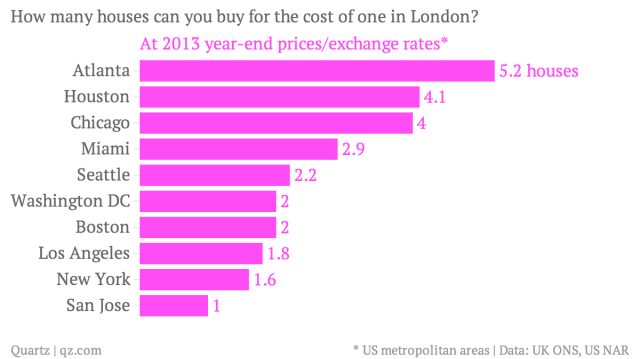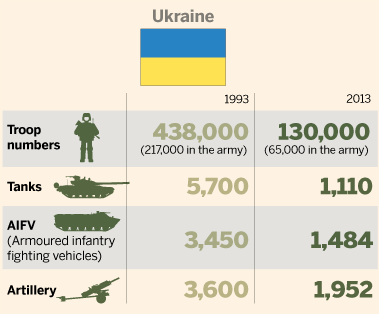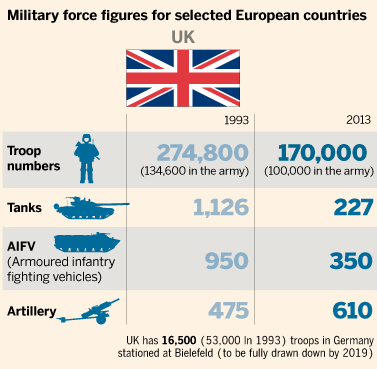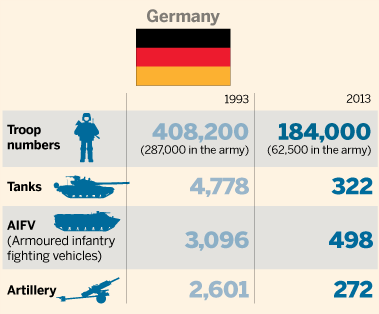The American dream is changing forever and this must-see chart explains how

This chart is taken from “Capital in the Twenty-first Century,” a new book about rising inequality by Thomas Piketty, a French economist, is being hailed as the most important economics book of the year.
It’s central conceit is that the equality many developed nations experienced in the 20th century was a blip. Inherited wealth, it says, is back and it’s coming to dominate society.
The top percentile hasn’t taken such a large share of over-all income since 1928. The difference between the bottom line (wage income) and the top line (total income) is accounted for by income from capital—dividends, interest payments, and capital gains. Because they own a lot of wealth, the one-per-centers receive a lot of their income in this form.
Posted in: Infographic of the day | Leave a Comment























